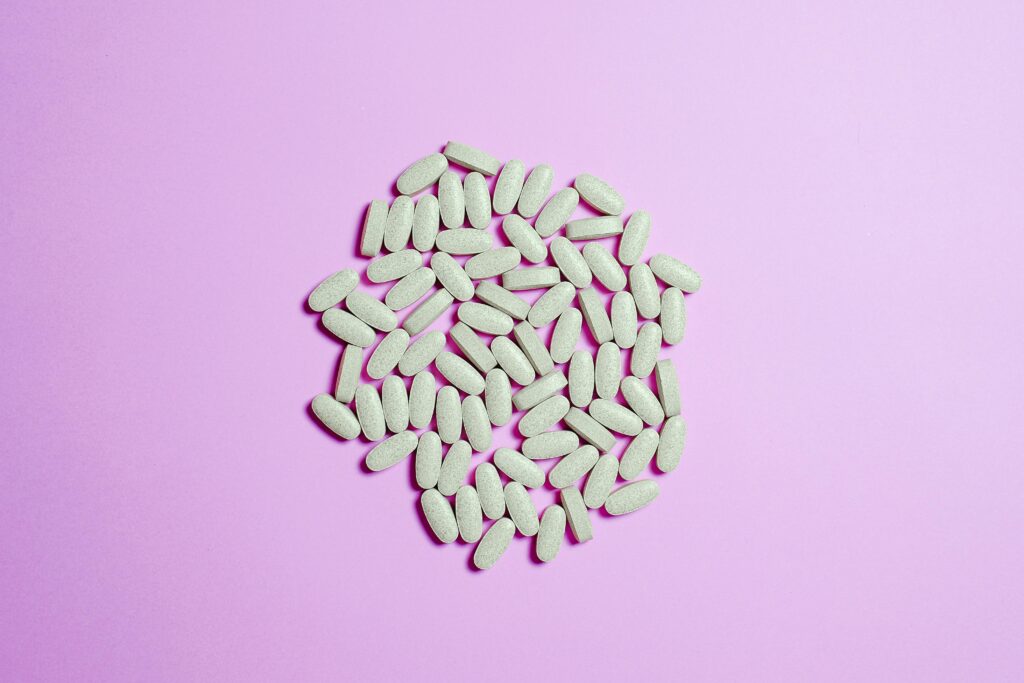Opioid use disorder (OUD) is a chronic condition affecting millions worldwide. For those struggling with OUD, achieving long-term recovery requires a multifaceted approach. It requires exploring medication-assisted therapies and behavioral interventions and building a comprehensive support system.
In this article, we will explore the best options currently available for long-term OUD treatment, looking into different approaches and their effectiveness.
What is Opioid Use Disorder?
Opioid use disorder (OUD) is a complex mental health condition characterized by the uncontrolled use of opioids despite ill effects on health. It goes beyond simple drug addiction. While addiction describes a strong desire to use a substance, OUD involves physical dependence, cravings, and withdrawal symptoms.
The National Library of Medicine has reported that OUD affects around 16 million people globally and more than 2.1 million in America. There are 12,000 deaths each year globally due to the overuse of opioids. Many patients who use opioids regularly were diagnosed with psoriatic arthritis, epilepsy, and OCD.
Clinicians diagnose OUD based on specific criteria outlined in the Diagnostic and Statistical Manual of Mental Disorders (DSM-5). These criteria include using opioids in larger amounts or for very long, continued use despite health or social problems, and difficulty controlling opioid use. So, OUD represents a more specific diagnosis within the broader category of drug addiction.
What are some early signs and symptoms of opioid use disorder?
Early signs of OUD can be subtle. Look for mood swings, sleep cycles, and hunger. Physical signs like constipation, constricted pupils, and unusual drowsiness are also common. In some cases, there may be uncontrollable itching, collapsed veins, or even seizures. These are uncommon, so their presence should be a cause for immediate concern.
Medication-Assisted Treatment (MAT)
OUD develops mainly in two ways. According to WebMD, 21-29% of people who are prescribed opioids for chronic pain management start abusing them intentionally. This gives them a sense of joy and ecstasy. On the other hand, 8-12% of patients consuming opioids for chronic pain management develop OUD unintentionally.
In any of the cases, medication-assisted treatment (MAT) is a revolutionary approach to opioid use disorder (OUD) treatment. It is an FDA-approved treatment that focuses solely on behavioral therapy. MAT combines medications with counseling and support services.
These medications, such as methadone, buprenorphine, and naltrexone, work by reducing cravings, preventing withdrawal signs, and normalizing brain function. This allows patients to concentrate on therapy and rebuild their lives. Precautions include ensuring proper medication use to avoid misuse or dependence and attending regular counseling sessions for a holistic approach to recovery.
However, few medicines require close supervision from a qualified healthcare provider. For instance, Suboxone, a combination of buprenorphine and naloxone, has shown some serious side effects in the form of dental problems.
Prolonged use of Suboxone has led to dental injuries due to its acidic coating, according to TorHoerman law. Those who have faced dental problems due to Suboxone have filed multiple lawsuits against the manufacturers.
Suboxone tooth decay lawsuits have been filed against the manufacturing company of Suboxone. Suboxone lawsuit claims that manufacturers have neglected the fact that their medicine causes serious side effects. They fail to warn the public adequately, so they are facing issues in the form of lawsuits.
Emerging Pharmacotherapies
The fight against OUD is constantly evolving, with new pharmacotherapies emerging alongside established medications. These novel approaches hold promise for addressing specific challenges faced by OUD patients. Researchers are exploring medications that target different aspects of addiction, like blocking the effects of powerful synthetic opioids like fentanyl.
Additionally, long-acting, injectable, or implantable forms of medication are being developed to improve adherence and reduce the risk of misuse. These advancements offer hope for a future with more efficient and suitable treatment options for those struggling with OUD.
According to NCQA, although pharmacotherapies are prevailing nowadays, there’s still a gap in the treatment. Unfortunately, only 40% of those suffering from OUD can receive treatment from pharmacotherapies despite it being highly effective.
Psychological and Behavioral Therapies
Psychological and behavioral therapies play a crucial role alongside medication in comprehensive OUD treatment. These therapies equip individuals with tools and strategies to manage urges, prevent reversion, and develop healthier coping mechanisms.
Cognitive-behavioral therapy (CBT) helps identify and change negative thought series that fuel opioid use. Motivational interviewing fosters self-motivation for change, while contingency management rewards positive behaviors that support recovery. Additionally, dialectical behavior therapy (DBT) teaches emotional regulation skills, essential for managing the intense emotions that can trigger a relapse.
Can CBT be effective as a standalone treatment for opioid use disorder?
CBT offers valuable tools for managing opioid use disorder, like boosting motivation and developing healthier coping mechanisms. However, research suggests it’s most effective when combined with medication-assisted treatment (MAT). MAT helps control cravings and withdrawal symptoms, giving you a stronger foundation to focus on the therapy and build a lasting recovery.
Integrated Care Models
Integrated care models are revolutionizing OUD treatment by breaking down traditional silos between medical and behavioral health services. These models bring together a team of specialists, including physicians, nurses, therapists, and social workers, all working collaboratively in a single setting.
Patients receive MAT alongside counseling, social support services, and even vocational training, all seamlessly coordinated. Research shows that integrated care models significantly improve treatment outcomes for OUD, leading to higher rates of retention in treatment and long-term recovery.
How do integrated care models address the holistic needs of individuals with OUD?
Integrated care models address OUD holistically by combining a team of experts. This team tackles physical dependence with medication, provides therapy for mental health challenges, and offers social support to address underlying issues that fuel addiction. This comprehensive approach fosters long-term recovery.
Supportive Services and Peer Support
No journey to recovery from OUD is complete without a strong support system. Supportive services encompass a range of resources that address the social and practical challenges faced by individuals in recovery. These may include housing assistance, job training, and childcare services, all crucial for creating a stable foundation for long-term success.
Sharing experiences and celebrating milestones in a safe and confidential space fosters a sense of belonging and reinforces the belief in recovery. Together, supportive services and peer support empower individuals with OUD to rebuild their lives and create a fulfilling future.
Addressing Social Determinants of Health
When tackling OUD, it’s crucial to consider the social determinants of health. These are factors like access to safe housing, nutritious food, and quality education that significantly impact a person’s well-being and vulnerability to addiction. Integrated care models can be particularly effective in addressing these social determinants.
By connecting individuals with resources and support services, they can help break the cycle of poverty, hopelessness, and relapse that often fuels OUD. Ultimately, fostering a stable and supportive environment is vital for long-term recovery.
A Brighter Future for OUD Treatment
The fight against opioid use disorder (OUD) is a complex one, but with a multifaceted approach, hope abounds. By combining medication-assisted treatment (MAT) with evidence-based therapies, integrated care models, and strong support systems, we can empower individuals to reclaim their lives.
Research continues to explore new pharmacotherapies, and a focus on the social determinants of health holds the key to preventing OUD before it prevails.



